We've found 1000 matches for your search. Order by
Results
-
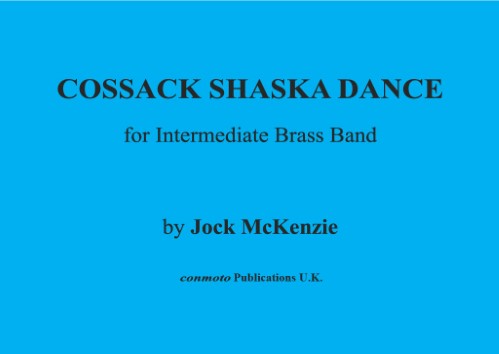 £11.50
£11.50COSSACK SHASKA DANCE (score) - McKenzie, Jock
Oldham Music Centre Brass Band play this on the you tube link starting 7 minutes 11 seconds from the beginning.
In Stock: Estimated dispatch 1-3 working days
-
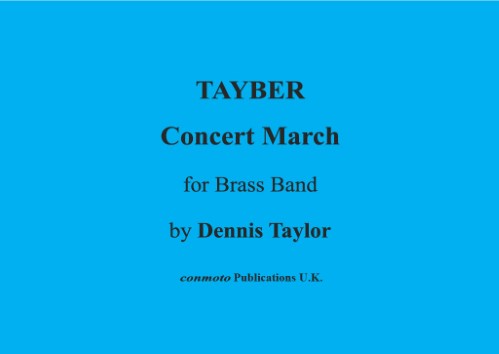 £11.50
£11.50TAYBER (score) - Taylor, Dennis (1925-2021)
If you require further information on TAYBER (score), please
In Stock: Estimated dispatch 1-3 working days
-
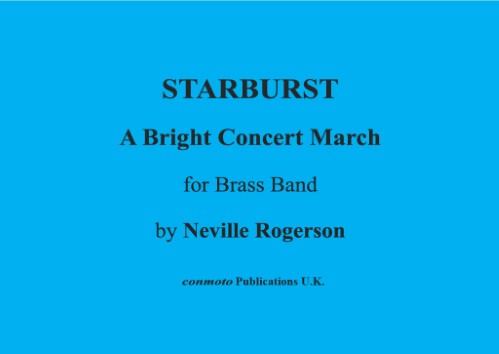 £11.50
£11.50STARBURST (score) - Rogerson, Neville
If you require further information on STARBURST (score), please
In Stock: Estimated dispatch 1-3 working days
-
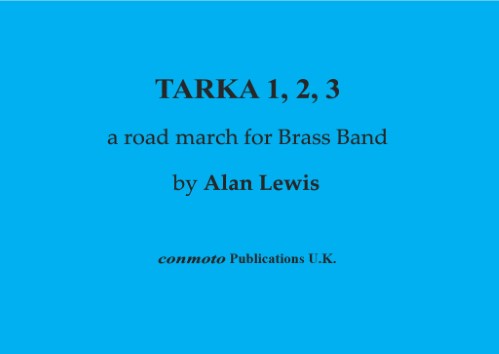 £8.50
£8.50TARKA 123 (score) - Lewis, Alan (1948-2013)
If you require further information on TARKA 123 (score), please
In Stock: Estimated dispatch 1-3 working days
-
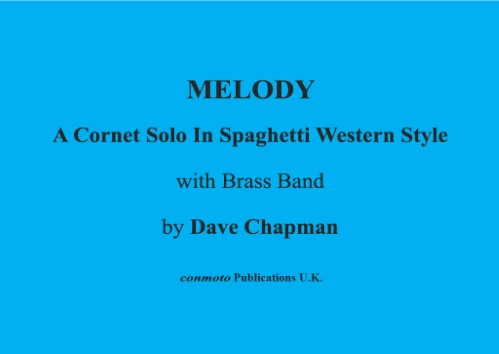 £27.50
£27.50MELODY (score & parts) - Chapman, Dave
If you require further information on MELODY (score & parts), please
In Stock: Estimated dispatch 1-3 working days
-
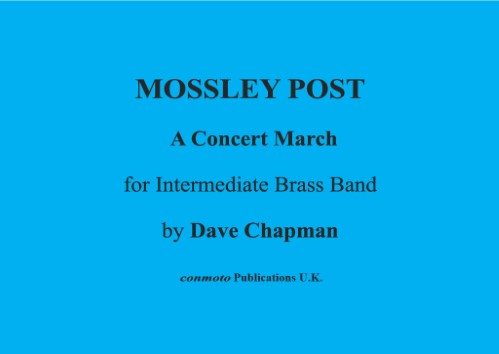 £11.50
£11.50MOSSLEY POST (score) - Chapman, Dave
If you require further information on MOSSLEY POST (score), please
In Stock: Estimated dispatch 1-3 working days
-
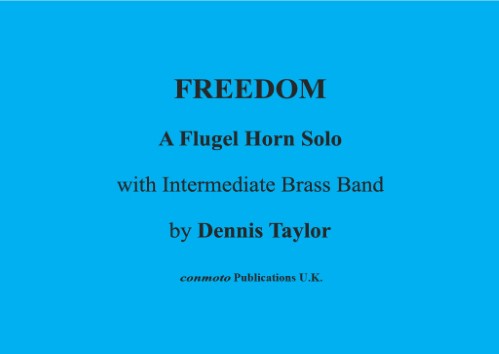 £8.50
£8.50FREEDOM (score) - Taylor, Dennis (1925-2021)
If you require further information on FREEDOM (score), please
In Stock: Estimated dispatch 1-3 working days
-
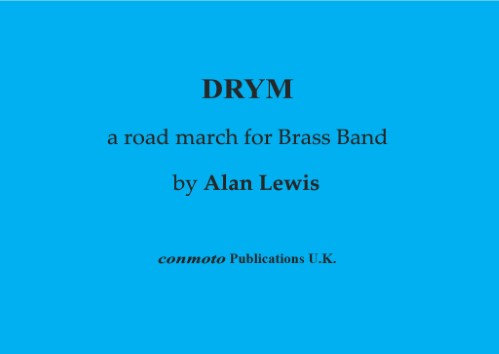 £22.95
£22.95DRYM (score & parts) - Lewis, Alan (1948-2013)
If you require further information on DRYM (score & parts), please
In Stock: Estimated dispatch 1-3 working days
-
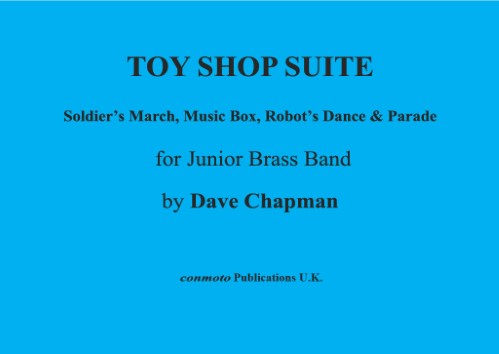 £11.50
£11.50TOY SHOP SUITE (score) - Chapman, Dave
If you require further information on TOY SHOP SUITE (score), please
In Stock: Estimated dispatch 1-3 working days
-
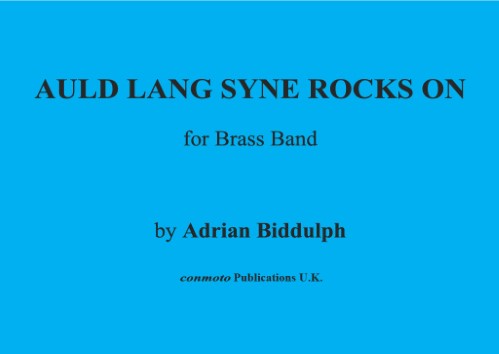 £8.50
£8.50AULD LANG SYNE (score) - Traditional
If you require further information on AULD LANG SYNE (score), please
In Stock: Estimated dispatch 1-3 working days
